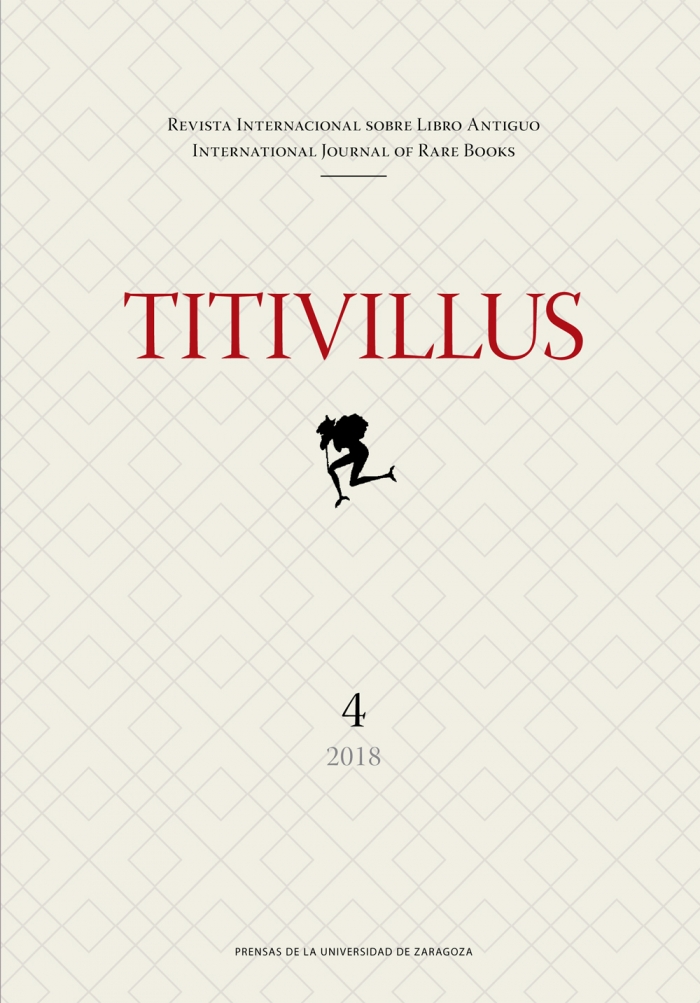La cultura del libro en el Tíbet
DOI:
https://doi.org/10.26754/ojs_titivillus/titivillus.201803167Palabras clave:
Tíbet, Pothi, Imprenta, BudismoResumen
El Tíbet ha desarrollado una cultura del libro muy rica y poco conocida en occidente. Su originalidad desde el punto de vista material va más allá de ser el producto resultante de las dos culturas dominantes en Asia, la india y la china. Y su inmenso potencial simbólico abarca valores sagrados, políticos, económicos o artísticos, que explican aspectos de una sociedad que ha desarrollado una cultura compleja y singular. La grave destrucción del patrimonio bibliográfico y documental tibetano en el pasado, se ha visto en los últimos tiempos superado por un mayor interés en la investigación y acciones de conservación y difusión de las colecciones existentes.
Descargas
Descargas
Publicado
Número
Sección
Licencia
Compartir — copiar y redistribuir el material en cualquier medio o formato.
Adaptar — remezclar, transformar y crear a partir del material.
El licenciante no puede revocar estas libertades en tanto usted siga los términos de la licencia.
| Reconocimiento — Usted debe darle crédito a esta obra de manera adecuada, proporcionando un enlace a la licencia, e indicando si se han realizado cambios. Puede hacerlo en cualquier forma razonable, pero no de forma tal que sugiera que usted o su uso tienen el apoyo del licenciante. | |
 |
Compartir Igual —Si usted mezcla, transforma o crea nuevo material a partir de esta obra, usted podrá distribuir su contribución siempre que utilice lamisma licencia que la obra original. |
 |
No Comercial — Usted no puede usar el material con fines comerciales. |
| No hay restricciones adicionales — Usted no puede aplicar términos legales ni medidas tecnológicas que restrinjan legalmente a otros hacer cualquier uso permitido por la licencia. |


